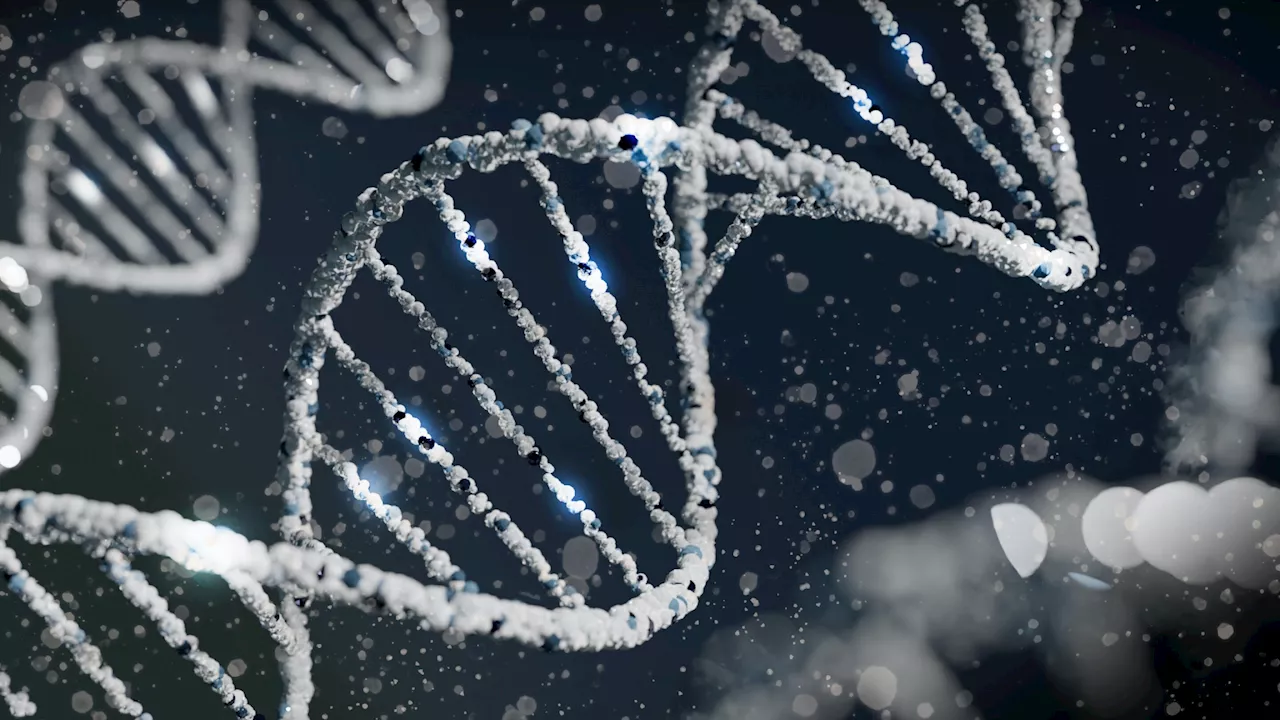Why does Hepatitis E become chronic in some patients, and why do medications not work? To find out, an international research team led by scientists from Bochum observed a patient with chronic Hepatitis E infection over a year.
Repeated sequencing of the virus RNA showed that the virus incorporated various parts of the host's messenger RNA into its genome. This resulted in a replication advantage, which may have contributed to the infection becoming chronic.
How can the virus evade the immune system? Why does the infection become chronic and not heal? The researchers wanted to find out and analyzed for the first time all virus populations of a chronically infected patient over a period of more than a year. They examined more than 180 individual sequences from blood samples in detail.
"Possibly, during Hepatitis E infection, a race between the virus and the immune system occurs in the body," speculates Daniel Todt. If the virus manages to incorporate host RNA before the immune system successfully combats the infection, it may lead to a chronic course."Host RNA in the viral genome could, in any case, serve as a biomarker in the acute phase of an infection, indicating early on that it is likely to become chronic.
Infectious Diseases Human Biology HIV And AIDS Virology Biochemistry Research Microbiology Microbes And More
United States Latest News, United States Headlines
Similar News:You can also read news stories similar to this one that we have collected from other news sources.
 Emerging Threat: New RNA Virus Found in Human NeuronsScience, Space and Technology News 2024
Emerging Threat: New RNA Virus Found in Human NeuronsScience, Space and Technology News 2024
Read more »
 Spliceosomes: New technique tracks proteins involved in RNA splicingBodybuilders and cellular mechanisms agree generating protein is a heavy lift. To complete the task, cells rely on complexes called spliceosomes. These molecular machines snip extra bits out of our genes' RNA copies and piece together precise instructions for protein-building.
Spliceosomes: New technique tracks proteins involved in RNA splicingBodybuilders and cellular mechanisms agree generating protein is a heavy lift. To complete the task, cells rely on complexes called spliceosomes. These molecular machines snip extra bits out of our genes' RNA copies and piece together precise instructions for protein-building.
Read more »
 Untapped power: Logical operations using RNA dropletsRNA droplets can now be used to perform logical operations that take microRNA sequences as inputs, report scientists from Tokyo Tech. By self-assembling into network-like structures, RNA molecules form liquid-state droplets. These RNA droplets disperse only when the correct microRNA sequences are present by performing the logical AND operation.
Untapped power: Logical operations using RNA dropletsRNA droplets can now be used to perform logical operations that take microRNA sequences as inputs, report scientists from Tokyo Tech. By self-assembling into network-like structures, RNA molecules form liquid-state droplets. These RNA droplets disperse only when the correct microRNA sequences are present by performing the logical AND operation.
Read more »
 Economist explores why skyscrapers keep getting taller and why the world loves themRutgers-Newark professor Jason Barr, an authority on skyscrapers, examines them through the lens of an economist, not an expert on architecture.
Economist explores why skyscrapers keep getting taller and why the world loves themRutgers-Newark professor Jason Barr, an authority on skyscrapers, examines them through the lens of an economist, not an expert on architecture.
Read more »
 Unlocking RNA functionality: A redox-responsive approachNational University of Singapore (NUS) chemists have developed a strategy using disulfide-containing small molecules to facilitate the reversible control and delivery of ribonucleic acid (RNA).
Unlocking RNA functionality: A redox-responsive approachNational University of Singapore (NUS) chemists have developed a strategy using disulfide-containing small molecules to facilitate the reversible control and delivery of ribonucleic acid (RNA).
Read more »
 New technique capturing short-lived RNA molecules reveals how gene transcription is coordinated in cellsThe human genome contains about 23,000 genes, but only a fraction of those genes are turned on inside a cell at any given time. The complex network of regulatory elements that controls gene expression includes regions of the genome called enhancers, which are often located far from the genes that they regulate.
New technique capturing short-lived RNA molecules reveals how gene transcription is coordinated in cellsThe human genome contains about 23,000 genes, but only a fraction of those genes are turned on inside a cell at any given time. The complex network of regulatory elements that controls gene expression includes regions of the genome called enhancers, which are often located far from the genes that they regulate.
Read more »
